-
 bitcoin
bitcoin $107015.826941 USD
-2.18% -
 ethereum
ethereum $3637.352324 USD
-5.18% -
 tether
tether $0.999831 USD
-0.02% -
 xrp
xrp $2.338078 USD
-6.23% -
 bnb
bnb $998.272150 USD
-6.97% -
 solana
solana $167.598257 USD
-10.12% -
 usd-coin
usd-coin $0.999863 USD
0.01% -
 tron
tron $0.282573 USD
-5.09% -
 dogecoin
dogecoin $0.169891 USD
-7.39% -
 cardano
cardano $0.557554 USD
-7.03% -
 hyperliquid
hyperliquid $39.914802 USD
-5.85% -
 chainlink
chainlink $15.414549 USD
-9.97% -
 bitcoin-cash
bitcoin-cash $510.361911 USD
-4.26% -
 ethena-usde
ethena-usde $0.999194 USD
-0.03% -
 stellar
stellar $0.282092 USD
-6.07%
Is the currency invested in the exchange good?
Exchange security measures are crucial for protecting investments, as exchanges are vulnerable to cyberattacks that can compromise user funds and lead to financial losses.
Jan 07, 2025 at 10:13 pm
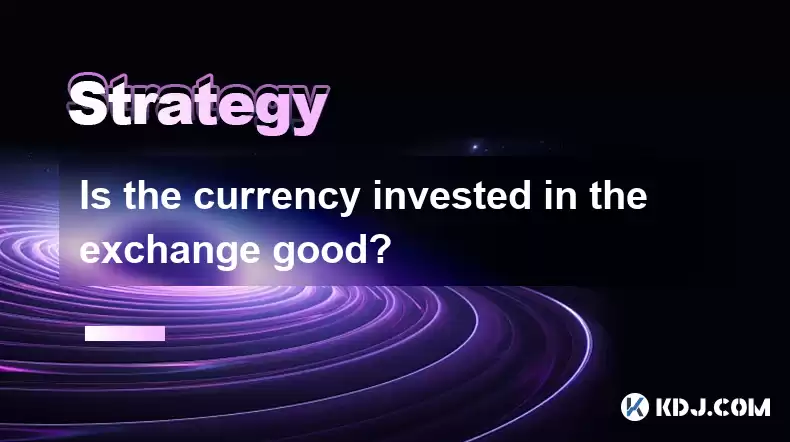
- Importance of exchange security measures
- Advantages of self-custody wallets over exchange-hosted wallets
- Understanding the risks associated with investing in exchange-listed currencies
- Best practices for mitigating risks when investing in exchange-listed currencies
Whether or not an exchange-listed currency is a worthwhile investment is a complex question that depends on several factors, including the security of the exchange, the reputation of the currency, and the investor's risk tolerance.
1. Exchange Security MeasuresThe safety of your investment is highly correlated with the security of the exchange where you invest it, as exchanges have become major targets for hackers and cybercriminals due to the large amounts of cryptocurrency they hold.
- Reputable exchanges employ a range of security measures, such as SSL encryption, multi-factor authentication (MFA), and cold storage to protect user funds, while weaker exchanges may implement limited security or rely on insecure practices.
- Research the security measures of the exchange in question before depositing any funds. Look for exchanges that have undergone third-party security audits and have a proven track record of safeguarding user assets.
While exchange-hosted wallets offer the convenience of storing your crypto on the exchange itself, they are not as secure as self-custody wallets, which give you complete control over your private keys.
- Private keys are like passwords to your crypto, and if an attacker gains access to your private key, they can steal your funds. Self-custody wallets keep your private keys offline, significantly reducing the risk of theft.
Investing in exchange-listed currencies involves more risk than investing in established cryptocurrencies like Bitcoin or Ethereum, as many exchange-listed currencies have little liquidity and are prone to price manipulation.
- Thoroughly research the currency in question, including its use case, project team, and tokenomics. Avoid investing in currencies with anonymous teams, unclear tokenomics, or a lack of transparency.
- Moreover, do not invest more than you can afford to lose, as the value of exchange-listed currencies can fluctuate significantly.
If you decide to invest in exchange-listed currencies, follow these best practices to mitigate risks:
- Start small and gradually increase your investment as you gain experience and confidence.
- Buy currencies that are listed on multiple exchanges to increase liquidity and reduce the risk of manipulation.
- Spread your investments across several different exchange-listed currencies to minimize the impact of volatility.
- Be aware of the risks and potential rewards associated with exchange-listed currencies.
- Keep your private keys safe by storing them in a secure hardware wallet.
A: Yes, self-custody wallets are generally considered more secure than exchange-hosted wallets because they eliminate the risk of assets being stolen due to exchange breaches or hackings.
Q: What are some of the most common security measures that exchanges employ?A: Some common security measures include SSL encryption, multi-factor authentication (MFA), address whitelisting, and cold storage.
Q: What are the risks associated with investing in exchange-listed currencies?A: Risks include lack of liquidity, potential vulnerability to price manipulation, and the possibility of the exchange becoming insolvent.
Q: Is it a good investment strategy to invest in exchange-listed currencies with little liquidity?A: No, it is generally advisable to avoid investing in currencies with low liquidity, as it could be difficult to sell your assets at a fair price when needed.
Q: What are some tips for minimizing the risks of investing in exchange-listed currencies?A: Conduct thorough research, invest small amounts, buy currencies that are listed on multiple exchanges, and spread your portfolio across several different currencies.
Disclaimer:info@kdj.com
The information provided is not trading advice. kdj.com does not assume any responsibility for any investments made based on the information provided in this article. Cryptocurrencies are highly volatile and it is highly recommended that you invest with caution after thorough research!
If you believe that the content used on this website infringes your copyright, please contact us immediately (info@kdj.com) and we will delete it promptly.
- Backend-for-Frontend, Token Theft, and Security: Navigating the Treacherous Waters of Modern Web Apps
- 2025-11-05 05:10:01
- Crypto Carnage: Bitcoin's $200B Wipeout – What's Next?
- 2025-11-05 04:30:16
- Sequans, Bitcoin, and Debt Reduction: A NYC Perspective on a Bold Move
- 2025-11-05 03:50:12
- XRP Price Wobbles: Death Cross Looms as Ripple Token Navigates Choppy Waters
- 2025-11-05 04:10:01
- Altcoins, Perpetual Tokens, and ETH Price: Navigating the Crypto Current
- 2025-11-05 03:55:01
- Tether's Triumph: $10 Billion Profits and a Treasury Milestone
- 2025-11-05 03:55:12
Related knowledge
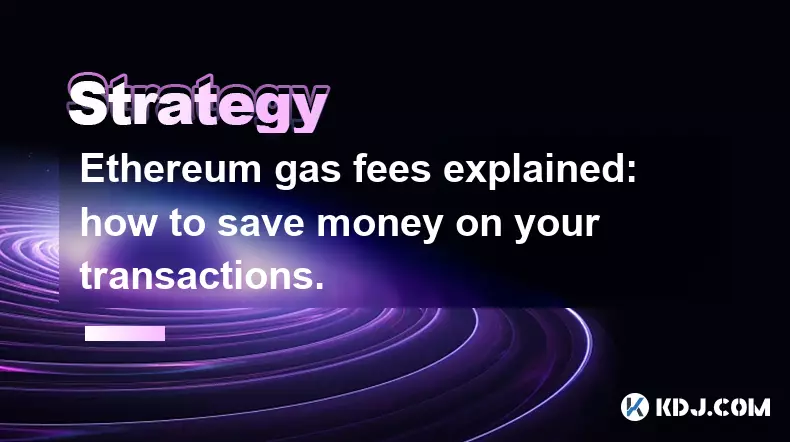
Ethereum gas fees explained: how to save money on your transactions.
Nov 04,2025 at 04:01pm
Ethereum Gas Fees: Understanding the Basics1. Ethereum operates on a decentralized network where every transaction requires computational power to exe...
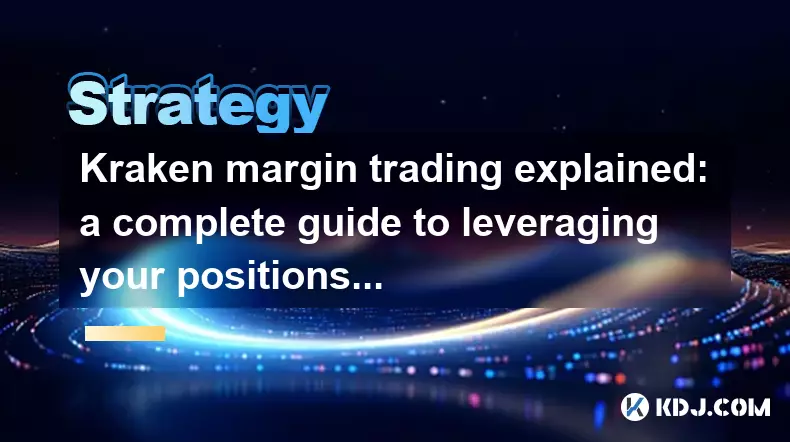
Kraken margin trading explained: a complete guide to leveraging your positions.
Nov 04,2025 at 02:19pm
Kraken Margin Trading Overview1. Kraken is one of the most established cryptocurrency exchanges offering margin trading to experienced traders seeking...

NFT flipping for beginners: a step-by-step guide to profitable trading.
Nov 02,2025 at 11:54pm
NFT Flipping Basics: Understanding the Market1. NFT flipping involves purchasing non-fungible tokens at a lower price and reselling them for profit, o...
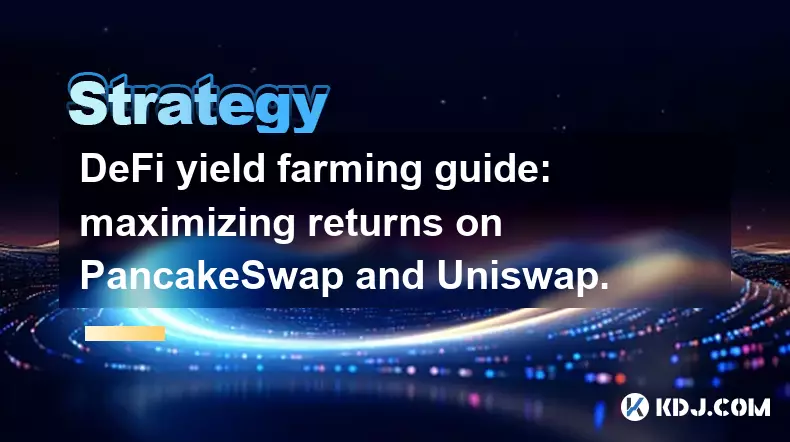
DeFi yield farming guide: maximizing returns on PancakeSwap and Uniswap.
Nov 05,2025 at 12:20am
Understanding Yield Farming on PancakeSwap and Uniswap1. Yield farming has become a central activity in the decentralized finance (DeFi) space, allowi...

How to find the next 100x altcoin: a fundamental analysis checklist.
Nov 02,2025 at 09:54pm
Decentralized Exchanges Are Reshaping Trading Dynamics1. Decentralized exchanges (DEXs) have emerged as a powerful alternative to centralized platform...
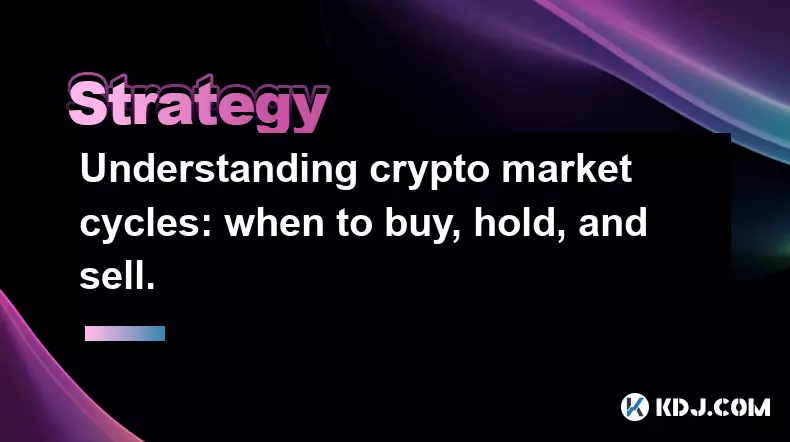
Understanding crypto market cycles: when to buy, hold, and sell.
Nov 02,2025 at 11:19am
Decoding the Rhythm of Crypto Market Cycles1. The cryptocurrency market operates in recurring phases marked by predictable psychological and financial...

Ethereum gas fees explained: how to save money on your transactions.
Nov 04,2025 at 04:01pm
Ethereum Gas Fees: Understanding the Basics1. Ethereum operates on a decentralized network where every transaction requires computational power to exe...

Kraken margin trading explained: a complete guide to leveraging your positions.
Nov 04,2025 at 02:19pm
Kraken Margin Trading Overview1. Kraken is one of the most established cryptocurrency exchanges offering margin trading to experienced traders seeking...

NFT flipping for beginners: a step-by-step guide to profitable trading.
Nov 02,2025 at 11:54pm
NFT Flipping Basics: Understanding the Market1. NFT flipping involves purchasing non-fungible tokens at a lower price and reselling them for profit, o...

DeFi yield farming guide: maximizing returns on PancakeSwap and Uniswap.
Nov 05,2025 at 12:20am
Understanding Yield Farming on PancakeSwap and Uniswap1. Yield farming has become a central activity in the decentralized finance (DeFi) space, allowi...

How to find the next 100x altcoin: a fundamental analysis checklist.
Nov 02,2025 at 09:54pm
Decentralized Exchanges Are Reshaping Trading Dynamics1. Decentralized exchanges (DEXs) have emerged as a powerful alternative to centralized platform...

Understanding crypto market cycles: when to buy, hold, and sell.
Nov 02,2025 at 11:19am
Decoding the Rhythm of Crypto Market Cycles1. The cryptocurrency market operates in recurring phases marked by predictable psychological and financial...
See all articles










































































